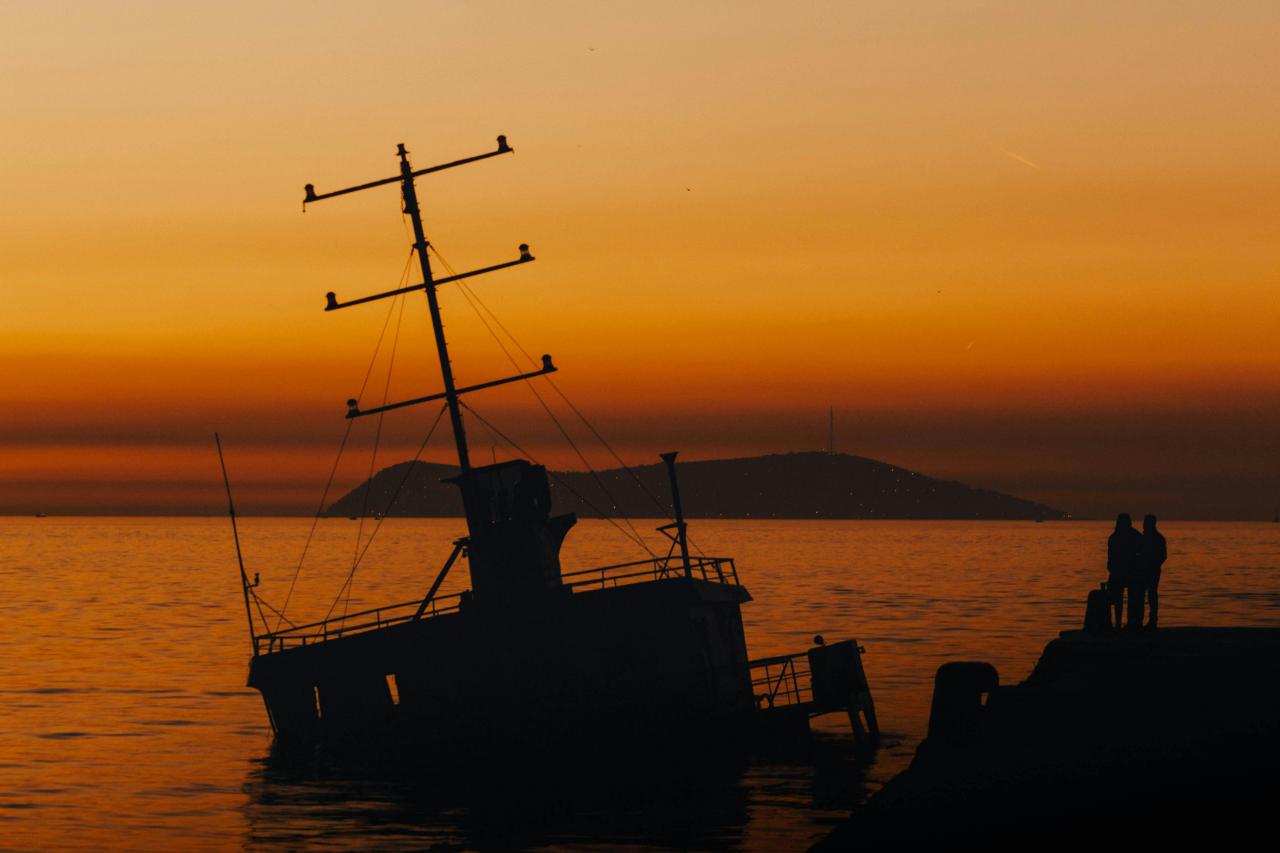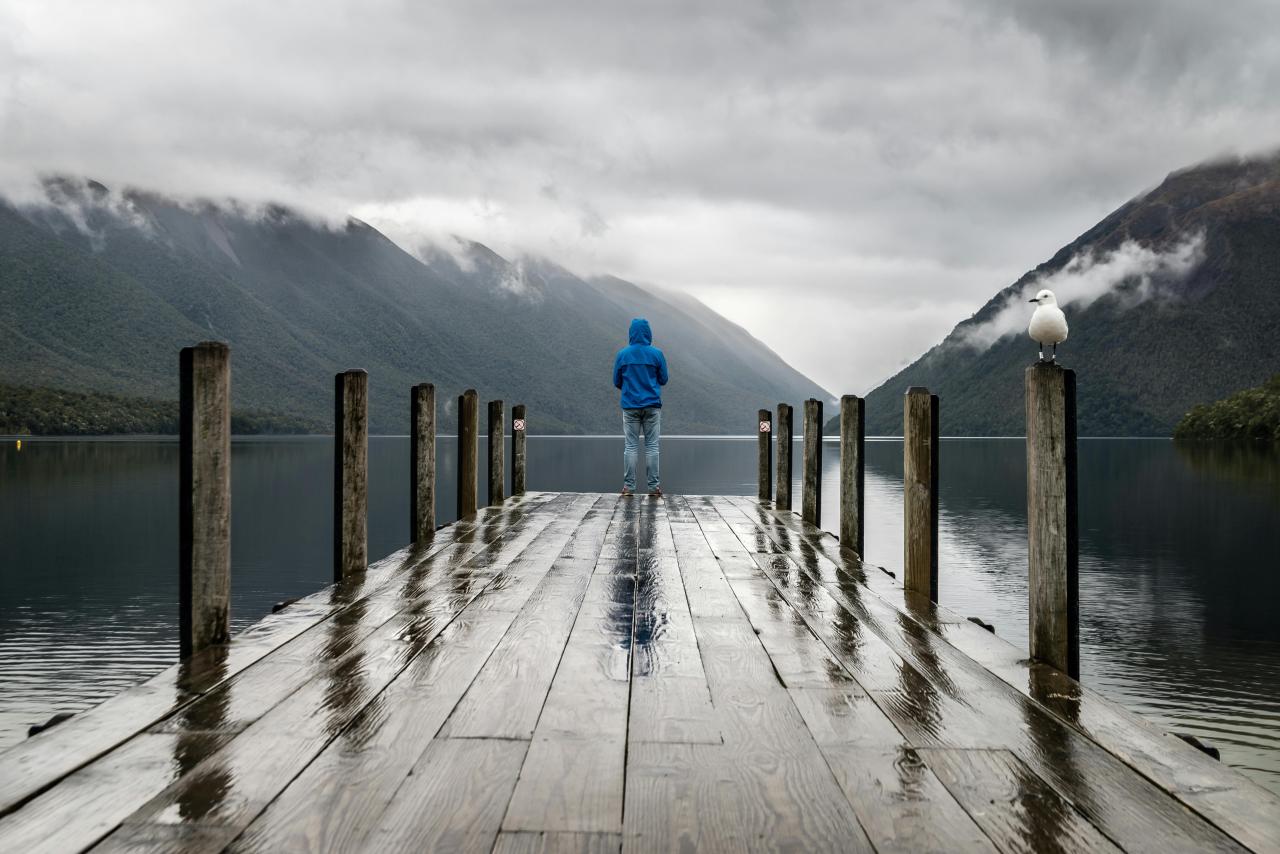Sea Survival : Techniques and Equipment

Navigating the vast expanses of the sea offers an unparalleled sense of freedom, yet this adventure comes with risks. Sudden storms or mechanical failures can jeopardize crew safety. Being well-prepared, with comprehensive knowledge and adequate survival equipment, is crucial. This comprehensive guide delves deeply into sea survival techniques and recommends essential onboard equipment.
Sea Survival Techniques
Stay Dry and Warm
Hypothermia is a real threat on the high seas, where temperatures can drastically drop, especially at night. To prevent this, it's crucial to wear appropriate clothing. Waterproof and insulating clothing are essential. Here are some additional tips:
Layered Clothing:
Utilize a combination of layers to ensure effective thermal insulation. The first layer should wick away sweat, the second provide thermal insulation, and the third be waterproof and windproof.
High-Tech Materials:
Invest in clothing made with materials like Gore-Tex, which is breathable and waterproof, to keep the body dry and at a regulated temperature.
Potable Water Management
Freshwater is vital for survival at sea, as drinking seawater can lead to severe dehydration and death. Here are methods for managing potable water:
Manual Desalinators:
Devices like the Survivor 35 manual desalinator produce freshwater from seawater. Though physically demanding, they are effective in emergency situations.
Solar Stills:
These devices use solar energy to evaporate seawater, leaving salt behind. The distilled water is then collected, providing a source of freshwater.
Rainwater Collection:
Utilize tarps and clean containers to capture and store rainwater. Ensure that the collection equipment is easily accessible and in good condition.
Signaling and Communication
The ability to signal one's position and communicate with rescuers is crucial. Here are indispensable tools and techniques:
Flares:
They should be used judiciously to maximize their visibility. Keep them in an easily accessible location and regularly check their expiration date.
Signaling Mirrors:
Use mirrors specifically designed to send light signals over long distances using sunlight reflection.
Personal Locator Beacons (PLB):
These devices emit an emergency signal via satellite when activated. Ensure the beacon is registered and emergency contact coordinates are up to date.
Essential Survival Equipment
Life Rafts and Survival Dinghies
Life rafts are essential for safely abandoning the ship. Here are some key points:
Automatic Deployment:
Choose a raft that can be automatically deployed to save time in emergency situations.
Capacity and Accessories:
The raft should be tailored to the size of your crew and equipped with survival provisions such as water, food rations, first aid kits, and signaling devices.
Survival Kits
A comprehensive survival kit is indispensable. Here's what it should contain:
Compact Food Rations:
Calorie-rich, long-term stable foods such as energy bars and dehydrated meals.
Potable Water:
Sealed potable water pouches and additional water purification means, such as water purification tablets.
First Aid Kit:
Include bandages, antiseptics, essential medications, and basic medical instruments.
Navigation Tools:
Compasses, waterproof maritime charts, and a handheld GPS.
Signaling Devices:
Flares, signaling mirrors, whistles, and waterproof torches.
Protective Clothing
Protective clothing is essential for surviving at sea. Here are some recommendations:
Immersion Suits:
They should provide thermal protection, be waterproof, and float. Immersion suits are particularly effective in preventing hypothermia.
Life Jackets:
Choose jackets with sufficient buoyancy, integrated safety harnesses, and bright colors for better visibility.
Survival Training
Maritime Safety Courses
Specialized training can greatly increase your survival chances. Here's what they should include:
First Aid:
Learn basic first aid techniques and management of medical emergencies specific to the maritime environment.
Equipment Use:
Practical sessions to learn how to correctly use life rafts, survival kits, and signaling devices.
Simulation Exercises
Simulation exercises are essential for crew preparedness. Here's how to organize them:
Realistic Scenarios:
Create realistic emergency situations to test crew skills and coordination.
Regular Reviews:
Organize simulations at regular intervals to maintain a high level of preparedness.
Mental and Physical Preparation
Physical Conditioning
Good physical condition is crucial to withstand the demanding conditions of survival at sea. Here are some tips:
Regular Training:
Include cardiovascular and strength training exercises in your routine to improve endurance and strength.
Specific Exercises:
Practice physical activities specific to sea survival, such as cold water swimming and climbing aboard.
Mental Resilience
Mental resilience is as important as physical preparation. Here are techniques to strengthen it:
Stress Management:
Learn stress management techniques, such as meditation, deep breathing, and yoga, to maintain calmness and clarity of mind in crisis situations.
Visualization:
Use positive visualization to mentally prepare for facing emergency situations.
Thorough preparation and ongoing training are the keys to sea survival. Knowing survival techniques and ensuring the availability and proper functioning of equipment significantly increase your chances of survival in emergencies. Investing in quality training, regularly practicing survival skills, and maintaining your equipment in excellent condition are essential measures for any high-sea navigation.




